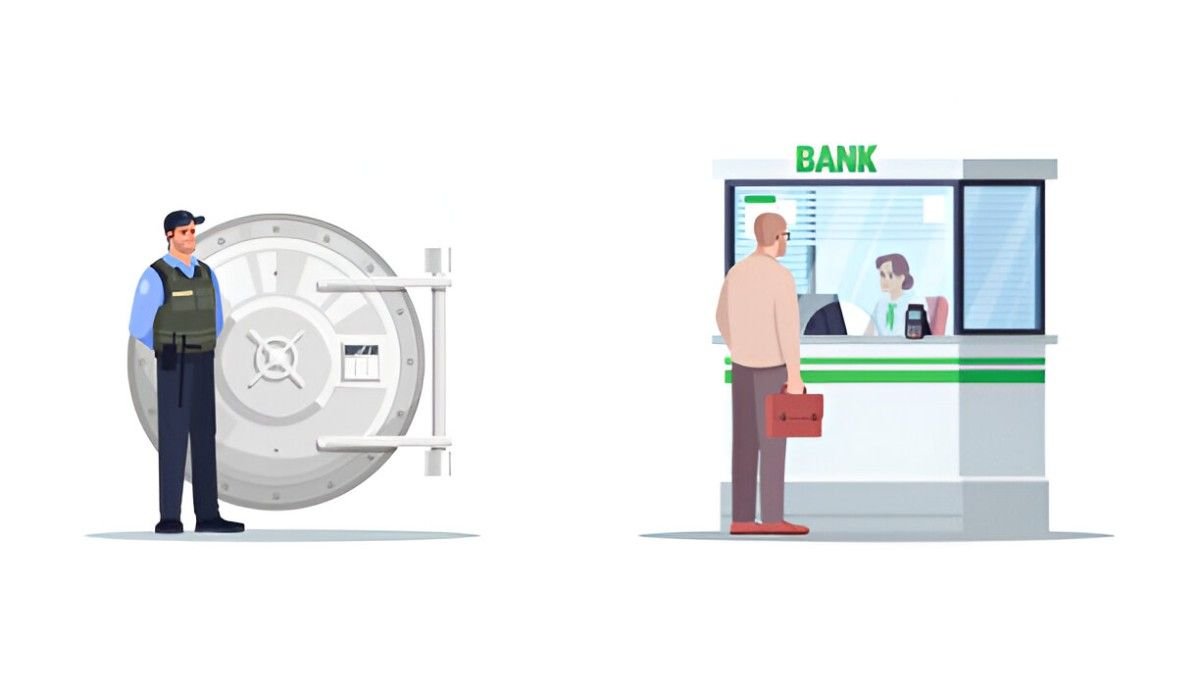As a financial professional, I often encounter businesses that struggle to grasp the nuances of different credit facilities. One such facility—the non-revolving bank facility—plays a crucial role in corporate financing but remains misunderstood. In this guide, I break down what non-revolving bank facilities are, how they function, and why they matter for businesses in the U.S.
Table of Contents
What Is a Non-Revolving Bank Facility?
A non-revolving bank facility is a type of credit arrangement where a lender provides a fixed amount of funds to a borrower. Unlike revolving credit (such as credit cards or lines of credit), once the borrower repays the principal, the funds are no longer available for reuse. Non-revolving facilities are common in term loans, project financing, and equipment purchases.
Key Characteristics
- Fixed Amount: The borrower receives a lump sum upfront.
- Non-Reusable: Repayments do not replenish the available credit.
- Structured Repayment Schedule: Payments follow a predetermined amortization plan.
- Interest Terms: Can be fixed or variable, depending on the agreement.
How Non-Revolving Facilities Differ from Revolving Credit
To illustrate the distinction, consider this comparison:
| Feature | Non-Revolving Facility | Revolving Credit |
|---|---|---|
| Credit Reusability | No | Yes |
| Repayment Structure | Fixed installments | Flexible (min. payments) |
| Common Use Cases | Capital expenditures | Working capital |
| Interest Calculation | On full principal | On utilized amount |
For example, if a business takes a \$500,000 non-revolving term loan at 6\% interest with a 5-year term, the monthly payment (excluding fees) would be:
PMT = \frac{P \times r \times (1 + r)^n}{(1 + r)^n - 1}Where:
P = \$500,000 r = \frac{0.06}{12} = 0.005(monthly interest rate) n = 5 \times 12 = 60 (total payments)
Plugging in the values:
PMT = \frac{500,000 \times 0.005 \times (1 + 0.005)^{60}}{(1 + 0.005)^{60} - 1} \approx \$9,666.80This structured repayment contrasts with revolving credit, where the borrower can reuse funds up to a limit after repayment.
Types of Non-Revolving Bank Facilities
1. Term Loans
The most common form, where businesses receive a lump sum repaid over a fixed period. These are often used for:
- Expansion projects
- Equipment purchases
- Debt refinancing
2. Bridge Loans
Short-term loans that “bridge” a funding gap, such as awaiting long-term financing or a real estate transaction.
3. Project Financing
Used for large infrastructure projects, with repayment tied to the project’s cash flows.
Advantages of Non-Revolving Facilities
- Predictability: Fixed repayment schedules aid financial planning.
- Lower Interest Costs: Often cheaper than revolving credit due to structured terms.
- Collateral Flexibility: Some lenders offer unsecured options for creditworthy borrowers.
Disadvantages
- Lack of Flexibility: Once repaid, funds cannot be redrawn.
- Prepayment Penalties: Some lenders charge fees for early repayment.
- Strict Approval Criteria: Requires strong creditworthiness.
Real-World Example: A Manufacturing Firm’s Expansion
Suppose a U.S.-based manufacturer secures a \$2,000,000 non-revolving term loan at 5.5\% interest for 7 years to buy new machinery. The monthly payment would be:
PMT = \frac{2,000,000 \times \frac{0.055}{12} \times (1 + \frac{0.055}{12})^{84}}{(1 + \frac{0.055}{12})^{84} - 1} \approx \$28,944.62Over the loan term, the total interest paid would be:
Total\ Interest = (84 \times 28,944.62) - 2,000,000 \approx \$431,348.08This demonstrates the long-term cost commitment of non-revolving debt.
How Lenders Assess Eligibility
Banks evaluate several factors before approving a non-revolving facility:
- Credit Score: Typically requires a FICO score of 680+.
- Debt-to-Income Ratio (DTI): Preferably below 36\%.
- Cash Flow: Lenders analyze historical and projected cash flows.
- Collateral: Secured loans may offer better terms.
Regulatory Considerations in the U.S.
Non-revolving facilities fall under federal lending regulations, including:
- Truth in Lending Act (TILA): Mandates clear disclosure of terms.
- Dodd-Frank Act: Imposes risk retention rules for certain loans.
When to Choose a Non-Revolving Facility
Businesses should consider this option when:
- They need a large, one-time investment.
- Predictable cash flows allow for fixed repayments.
- Lower interest costs outweigh the need for flexibility.
Alternatives to Non-Revolving Credit
- Revolving Credit Lines: Better for fluctuating working capital needs.
- Equity Financing: Avoids debt but dilutes ownership.
- Leasing: Useful for equipment without long-term debt.
Final Thoughts
Non-revolving bank facilities offer structured, cost-effective financing for businesses with clear capital needs. While they lack the flexibility of revolving credit, their predictability makes them ideal for long-term investments. As a financial advisor, I recommend evaluating your business’s cash flow, project scope, and repayment capacity before committing to such facilities.





